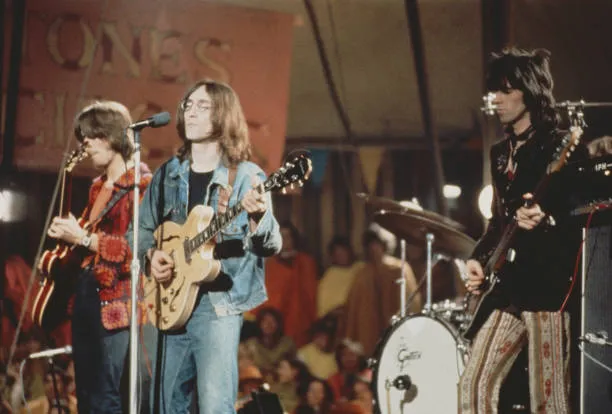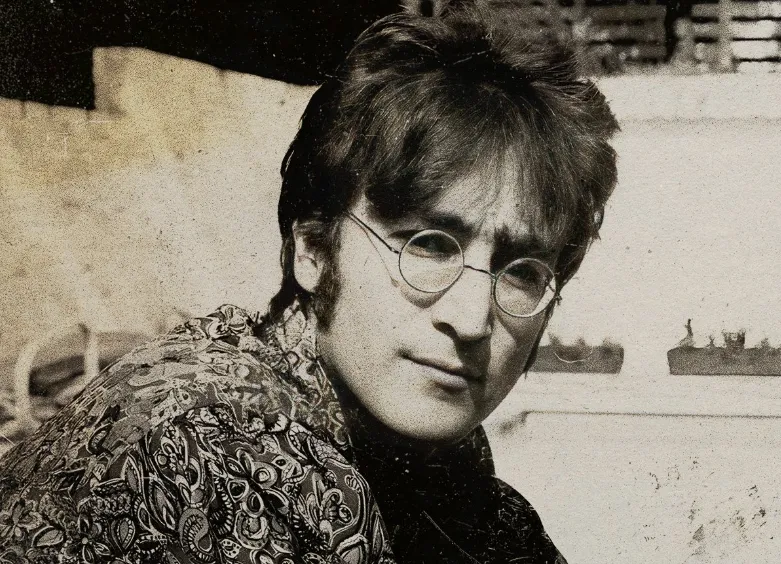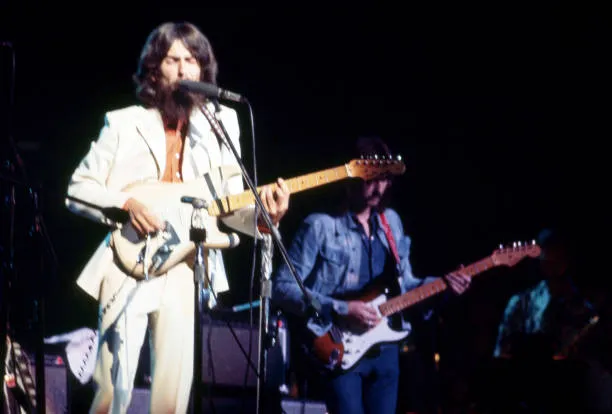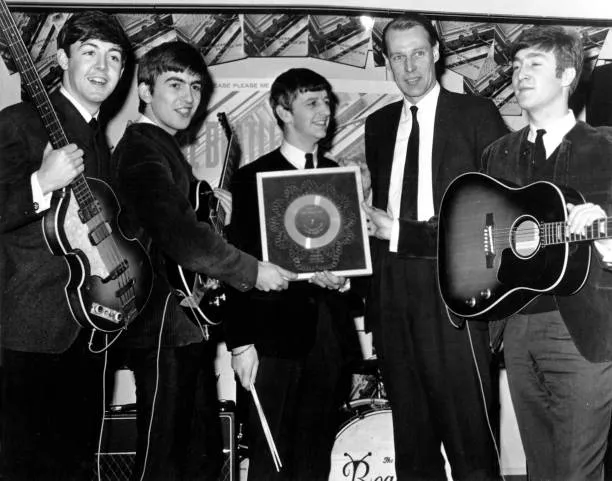Eric Clapton, known for his mastery of blues and rock guitar, played a pivotal role in introducing reggae to rock audiences in the 1970s. While reggae had already been flourishing in Jamaica, Clapton helped bridge the gap between the genre and mainstream rock listeners, particularly with his cover of Bob Marley’s “I Shot the Sheriff.” His embrace of reggae brought wider recognition to the genre and its leading artists, particularly in the U.S. and Europe, where rock dominated the airwaves.
The Influence of Bob Marley and “I Shot the Sheriff”

In 1974, Clapton released a cover of Bob Marley’s “I Shot the Sheriff” on his album 461 Ocean Boulevard. The track became a huge commercial success, reaching the top of the charts in the U.S. and introducing millions of rock fans to the sound and rhythms of reggae. While Marley had already been a rising star in Jamaica, his music had not yet penetrated mainstream markets outside the island. Clapton’s version of “I Shot the Sheriff” was instrumental in breaking those barriers.
Clapton’s decision to cover Marley was born out of genuine admiration for the song and its message. In interviews, Clapton admitted he was unsure about whether his cover would resonate with audiences, but he was deeply drawn to the groove and rhythm of the original. His interpretation of the song maintained the essence of reggae while blending in his distinctive blues-rock style, making it more accessible to rock listeners who may not have been familiar with the genre’s unique offbeat rhythms and lyrical themes.
Clapton’s cover of “I Shot the Sheriff” was not just a commercial hit; it also paved the way for other rock musicians to explore and incorporate reggae elements into their music. Artists such as The Rolling Stones and Paul Simon later integrated reggae influences into their work, further elevating the genre’s profile among rock audiences.
Authenticity and Collaboration with Jamaican Musicians

Clapton’s engagement with reggae wasn’t limited to his cover of “I Shot the Sheriff.” He became deeply interested in the genre’s culture and rhythms, which led to collaborations with Jamaican musicians and producers. His time spent in Jamaica during the recording of 461 Ocean Boulevard allowed him to absorb more of the local music and ethos, which contributed to his authentic incorporation of reggae influences.
Although Clapton was a British rock artist, his embrace of reggae was respectful and genuine, reflecting his openness to exploring new musical landscapes. He didn’t simply appropriate reggae sounds for commercial gain; he respected the genre’s roots and its messages of resistance and social justice. In this way, Clapton introduced reggae to rock audiences without diluting its original meaning or cultural significance.
Reggae’s Influence on Clapton’s Music

The success of “I Shot the Sheriff” encouraged Clapton to explore reggae more deeply in his subsequent music. His 1975 album There’s One in Every Crowd features tracks like “Swing Low, Sweet Chariot” and “Don’t Blame Me,” which show a clear reggae influence. Although these tracks didn’t achieve the same level of commercial success as his Marley cover, they signaled Clapton’s continued interest in the genre and its impact on his evolving sound.
Reggae’s laid-back grooves and rhythmic intricacies offered Clapton a different musical palette to work with, contrasting with the heavier blues and rock tones that had characterized his earlier work. The experimentation with reggae gave Clapton’s music a broader, more diverse sound and revealed his versatility as an artist. His willingness to blend different genres further cemented his status as a musical innovator capable of crossing cultural boundaries.
Bridging Cultural and Musical Divides

Clapton’s role in popularizing reggae among rock audiences was not only significant musically but also culturally. At a time when music genres often remained siloed within specific racial and cultural communities, Clapton helped bridge the divide between predominantly white rock listeners and reggae’s Afro-Caribbean roots. By embracing reggae and bringing it into the rock mainstream, Clapton encouraged a cross-cultural appreciation that helped reggae gain broader recognition.
Following Clapton’s success with “I Shot the Sheriff,” Bob Marley and The Wailers enjoyed increased exposure and began to make headway into international markets. Marley’s 1975 album Natty Dread was a critical and commercial success, and reggae as a genre began to gain traction globally. While Clapton’s cover was not the sole reason for this success, it certainly played a key role in generating curiosity and interest in Marley’s original music and reggae in general.
Legacy of Clapton’s Role in Reggae

Eric Clapton’s introduction of reggae to rock audiences continues to resonate in the history of popular music. His successful blending of reggae with rock showed the potential for genres to cross boundaries and influence one another, helping to break down barriers between musical styles. Furthermore, Clapton’s recognition of Bob Marley’s talent and his respectful interpretation of Marley’s work opened doors for reggae to flourish beyond its original geographic and cultural context.
Today, the fusion of reggae with rock, pop, and other genres is common, with artists from The Police to No Doubt and Sublime drawing on the reggae tradition in their work. Clapton’s role in that process remains a defining moment in the global spread of reggae music, a testament to his willingness to explore new sounds and help bring them to broader audiences.



